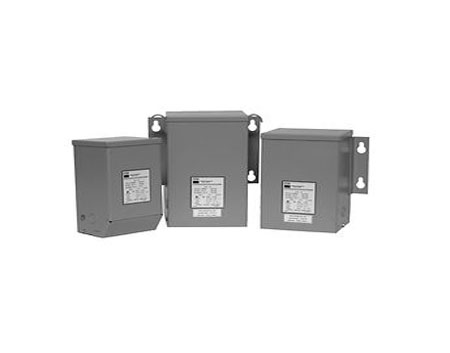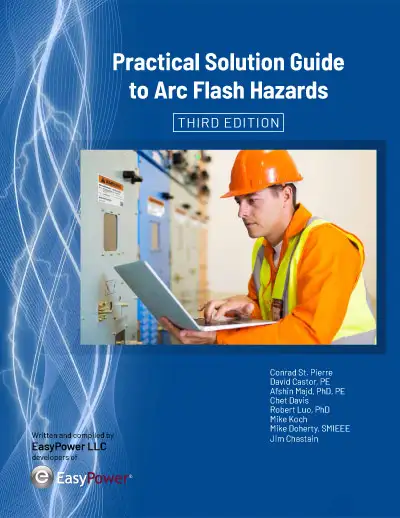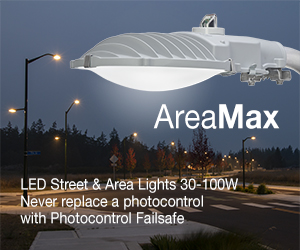Step Up And Down Transformer Explained
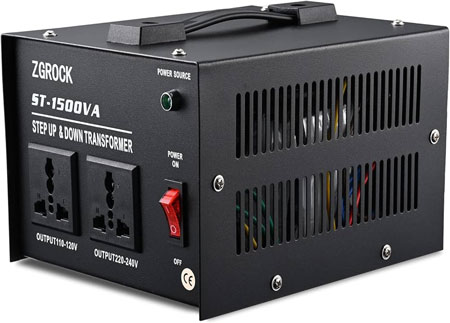
Substation Maintenance Training
Our customized live online or in‑person group training can be delivered to your staff at your location.
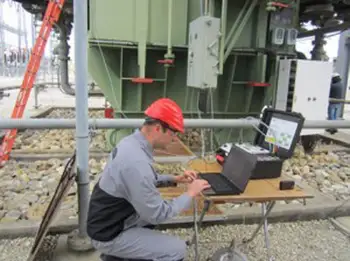
- Live Online
- 12 hours Instructor-led
- Group Training Available
Download Our OSHA FS3529 Fact Sheet – Lockout/Tagout Safety Procedures
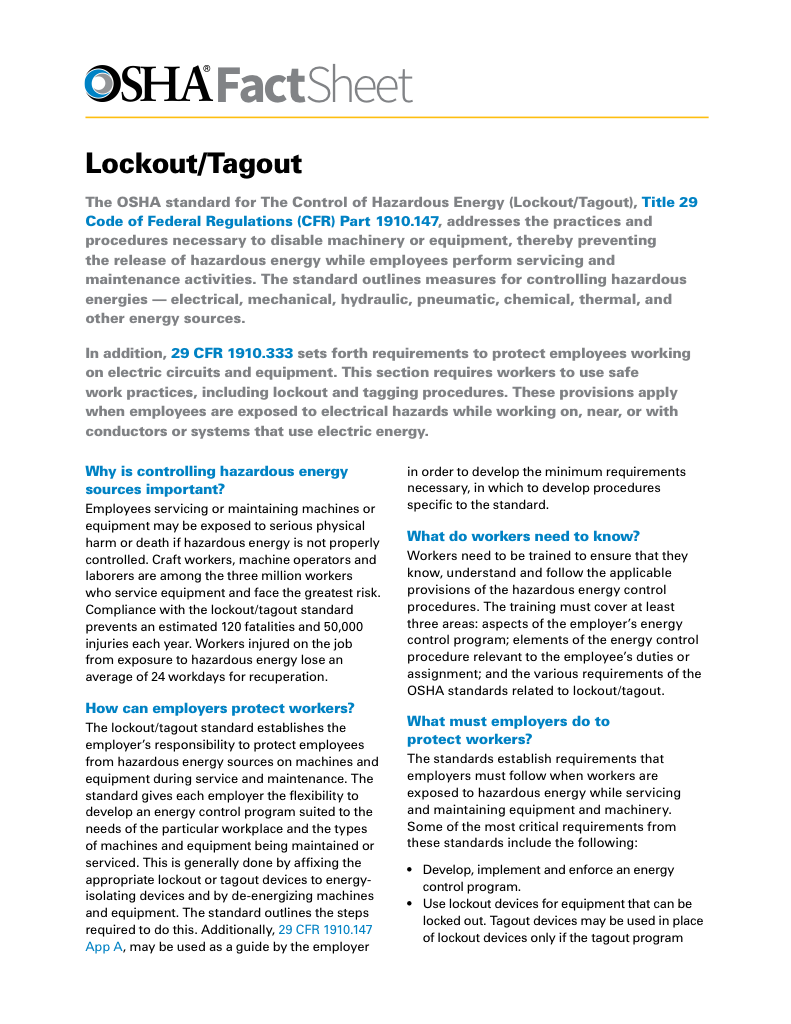
- Learn how to disable machines and isolate energy sources safely
- Follow OSHA guidelines for developing energy control programs
- Protect workers with proper lockout devices and annual inspections
A step up and down transformer adjusts voltage for efficient energy transfer. It raises voltage for long-distance transmission and lowers it for safe distribution, ensuring reliability, equipment protection, and safety across electrical grids and substations.
What is a Step Up and Down Transformer?
A step up and down transformer is a device that manages voltage levels across electrical systems.
✅ Raises voltage for efficient transmission over long distances
✅ Reduces voltage for safe residential, commercial, and industrial use
✅ Enhances grid efficiency, equipment protection, and safety compliance
Electrical Transformer Maintenance Training
Substation Maintenance Training
Request a Free Training Quotation
Step Up and Down Transformer Explained
Every power system depends on the continuous exchange between high and low voltage. The step up and down transformer enables this by increasing voltage for transmission and reducing it for safe utilization. This dual action ensures that electricity flows efficiently from generating stations to end users.
Rather than being a single machine, a step up and down transformer represents two complementary processes that occur at different stages of the electrical grid. Understanding how these processes interact reveals their importance to both large-scale infrastructure and everyday technology.
Understanding how a voltage transformer adjusts energy levels is essential for ensuring safe and efficient power conversion in both residential and industrial settings.
An AC power transformer converts alternating current from one voltage level to another through electromagnetic induction between its primary and secondary windings. The primary winding receives energy from the power supply, creating a magnetic field that induces a current in the secondary winding. In a step down voltage application, this process reduces high transmission voltage to safer, usable levels for residential, commercial, or industrial systems. By precisely controlling how the step up and down transformer converts electrical energy, power distribution networks maintain efficiency, safety, and reliability across connected loads.
Electricity Today T&D Magazine Subscribe for FREE

- Timely insights from industry experts
- Practical solutions T&D engineers
- Free access to every issue
How Step Up and Down Transformers Work
The modern grid must balance efficiency and safety. The step up and down transformer fulfills these needs in sequence.
At generating stations, electricity leaves turbines at medium voltage. The transformer elevates this to hundreds of kilovolts, minimizing energy loss during transmission. Power then travels through high-voltage lines, sometimes over hundreds of kilometres. As it approaches populated areas, transformers reduce voltage step by step until it reaches safe levels for homes and industries.
Within consumer electronics, miniature voltage converters further lower the voltage to just a few volts to protect delicate circuits.
This process demonstrates how a step up and down transformer functions as a unified system, maintaining stable energy flow through every grid stage. Explore the function and role of transformers in broader infrastructure by visiting our overview on electrical substation transformers. To explore how transformers handle multiple voltage phases, visit our resource on 3-phase transformers, commonly used in distribution and industrial systems.
Design Differences and Operating Environments
Although built on the same principle of electromagnetic induction, step up and down transformer design varies according to application.
High-voltage units used at generation sites feature heavy insulation, laminated steel cores, and advanced copper or aluminum windings to withstand electrical stress. Cooling systems—oil-filled or fan-assisted—maintain stable performance under continuous load.
Distribution transformers, installed on poles, pads, or inside substations, emphasize safety, accessibility, and environmental protection. Integrated relays and fuses prevent cascading failures, while robust enclosures protect against moisture and extreme temperatures. To explore how fluid and solid materials work together to prevent electrical breakdown in transformers, see our detailed guide on transformer insulation.
Efficiency and Safety Considerations
Efficiency and safety are central to step up and down transformer operation.
Efficiency: High-voltage conversion stages are optimized to minimize copper and core losses, since even small inefficiencies can multiply across the transmission network.
Safety: Distribution and end-use step up and down transformers must comply with NFPA, IEEE, and OSHA standards that require grounding, insulation barriers, arc-flash boundaries, and PPE for safe maintenance. Learn more about transformer components to better understand how coil windings affect output voltage in both step-up and step-down modes.
Real-World Applications
-
Utility Power Flow: In a hydroelectric plant, electricity is generated at 13.8 kV, then increased to 345 kV for transmission, reduced to 13.8 kV for city distribution, and finally lowered to 240 V for residential supply.
-
Renewable Energy: Wind and solar systems depend on step up and down transformers to connect generation units with grid voltage and distribute power locally.
-
Industrial Systems: Manufacturing plants typically receive power at medium voltage and adjust it internally for use with motors, drives, and process equipment.
-
Consumer Electronics: Travel adapters marketed as “step up and down transformers” allow devices to operate safely in countries with different voltage standards.
These examples illustrate the diversity of applications, from high-voltage substations to the smallest power adapters.
Our article on step-up transformer 100V to 200V highlights how this technology helps increase voltage for international compatibility and heavy-load equipment.
Why Step Up and Down Transformers Are Essential
Efficient long-distance transmission would be impossible without voltage elevation, and safe end-use operation would be impossible without controlled reduction. The step up and down transformer unites these two processes, forming the backbone of global electrical infrastructure.
As renewable generation expands, microgrids evolve, and energy demand rises, this technology’s role continues to grow. It remains the silent guardian of reliable, efficient, and safe power delivery worldwide.
Test Your Knowledge About Utility Transformers!
Think you know Utility Transformers? Take our quick, interactive quiz and test your knowledge in minutes.
- Instantly see your results and score
- Identify strengths and areas for improvement
- Challenge yourself on real-world electrical topics
By understanding the complementary functions within a step up and down transformer, we appreciate the precision engineering that enables modern civilization—from massive substations to the smallest electronic circuits.
The proper construction of transformers is critical when designing devices capable of both stepping up and stepping down voltage, ensuring structural integrity and optimal performance.
Related Articles






